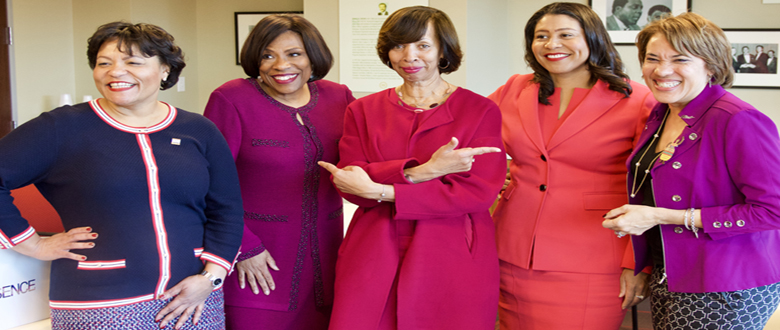The political power of Black women has been on full display, particularly in America’s cities where a growing number of Black women have taken over as chief policymaker.
PolicyLink and ESSENCE recentley announced the ESSENCE-PolicyLink Mayors Roundtable -- a network for Black women mayors to exchange ideas, share best practices, develop strategies to create equitable cities, and shine a spotlight on their work and communities. Participating mayors include: Catherine Pugh, Baltimore, MD; Sharon Weston Broome, Baton Rouge,LA; Vi Lyles, Charlotte, NC; Karen Weaver, Flint, MI; LaToya Cantrell, New Orleans, LA; London Breed, San Francisco, CA; Muriel Bowser, Washington, DC; and Lovely Warren, Rochester, NY.
The network kicked off last Friday in Washington D.C., following the U.S. Conference of Mayors Winter Meeting, and will close July 4-7, 2019 during the ESSENCE Fest in New Orleans. In the interim, the mayors will participate in monthly virtual roundtables on topics related to policy and leadership hosted by the PolicyLink All-In Cities Initiative. ESSENCE will also be publishing a series of articles and videos profiling the mayors and highlighting the work that they are championing.
Read more about the event and watch the short video clip on Essense to learn more.
